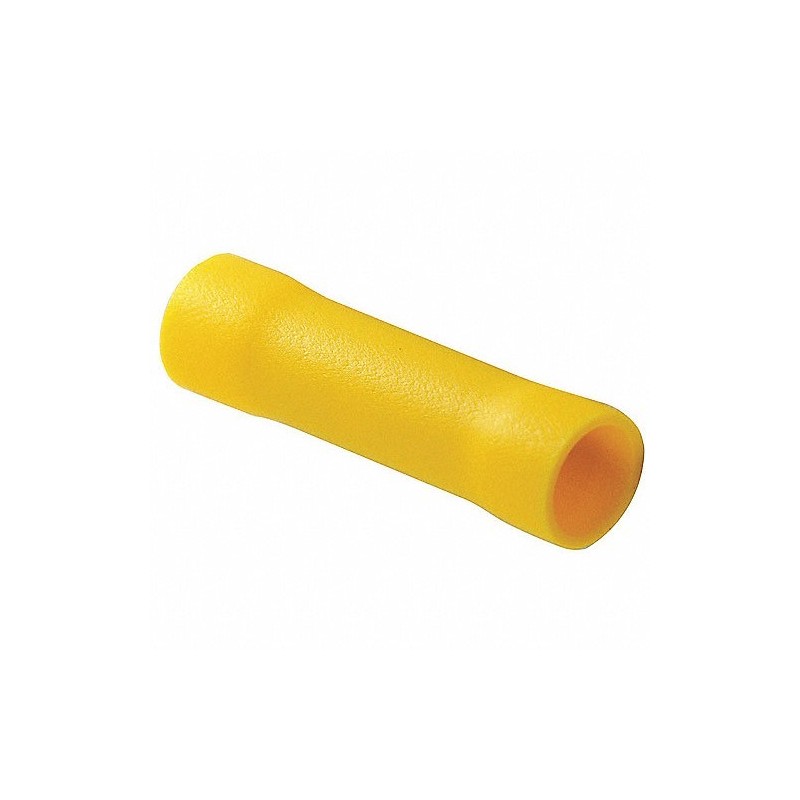

It is also probable that colonic metabolites, having a long residence time in the blood circulation, mediate the health benefits attributed to gut microbes. Ĭolon microbiota has been associated with insulin sensitivity and regulation of fat storage. The intake of PAs, hydroxycinnamic acids and anthocyanins, all present in grapes, can be associated with positive effects on hyperglycaemia, hyperlipidaemia, insulinaemia, insulin signalling and glucose uptake in adipose tissues, and prevention of detrimental effects on health related to metabolic syndrome, development of type 2- diabetes mellitus and obesity. The intake of plant foods has been associated with lower incidence of chronic diseases. Average intake of PAs in the Mediterranean area by moderate (180 ml) red wine drinkers was approximately 100 mg PAs per day, and total intake of polyphenols in Finland was 863 ± 415 mg per day. The intake of PAs is substantial among the polyphenols in human diets, and the average intake depends heavily on dietary habits. PAs, flavonoids, anthocyanins and phenolic acids undergo microbial metabolism to phenolic acid metabolites.

Non-absorbed polyphenols are subjected to colonic microbiota. PAs are poorly absorbed in the upper intestine, where they interact with macromolecules such as proteins, peptides and polysaccharides, or may inhibit enzymes.

The red wine polyphenols are therefore comprised of easily extractable, low aDPn PAs, anthocyanins, flavonols and phenolic acids and reaction products formed from them during winemaking and ageing. Grape PAs with a low average degree of polymerization (aDPn) are well extracted into the wine in low alcohol levels, whereas those with high aDPn are not. Flash détente is a particularly efficient process for increasing polyphenol extraction from grape skins.
#Totalterminal for 10.12 skin#
The content of polyphenols in red wine is affected by the grape matrix, extractability of the skin components and their interaction with cell wall components as well as by the winemaking process. flavonols and dihydroflavonols) and stilbenes are present in lower amounts. Grape skin has a particularly high content of PAs, anthocyanins and phenolic acids, having a total content of polyphenols between 2.6 and 5.2 g/kg fresh berry weight depending on the variety, whereas flavonoids, (i.e. In grapes, PAs are mainly composed of (−)-epicatechin, but also contain significant amounts of (+)-catechin, (−)-epigallocatechin and (−)-epicatechin 3-gallate subunits. They are extracted from grape skin and seeds into red wine in the winemaking process. In grape condensed tannins, also known as proanthocyanidins (PAs), are flavanol oligomers and polymers. Syrah red grapes are used in the production of condensed tannin-rich red wine. The identified metabolites had biological relevance, because the structures of the metabolites resembled fragments of their grape phenolic precursors or were in agreement with literature data. Metabolite profiling was complementary to targeted analysis. In the absence of native grape pericarp or red wine matrix, the isolated PAs were found to be effective in the dose-dependent inhibition of microbial conversions and short-chain fatty acid formation. Hydroxyphenyl valeric acid (flavanols and PAs as precursors) and 3,5-dimethoxy-4-hydroxybenzoic acid (anthocyanin as a precursor) were identified from the red wine metabolite profile. Red wine exhibited a higher degree of C1–C3 phenolic acid formation than PA fraction or grape pericarp powders. In addition, the effect of PA structure and dose on conversion efficiency was investigated by GC–MS. Red wine metabolites were further profiled using two-dimensional GC mass spectrometry (GCxGC-TOFMS). Microbial conversion was screened using an in vitro colon model with faecal microbiota, by measurement of short-chain fatty acids by gas chromatography (GC) and microbial phenolic metabolites using GC with mass detection (GC–MS). Syrah grape pericarp was subjected to an enzymatic in vitro digestion model, and red wine and grape skin PA fraction were prepared. In this study, gut microbial metabolism of Syrah grape phenolic compounds was investigated. Tannins are high molecular weight molecules, proanthocyanidins (PAs), and poorly absorbed in the upper intestine. Syrah red grapes are used in the production of tannin-rich red wines.


 0 kommentar(er)
0 kommentar(er)
